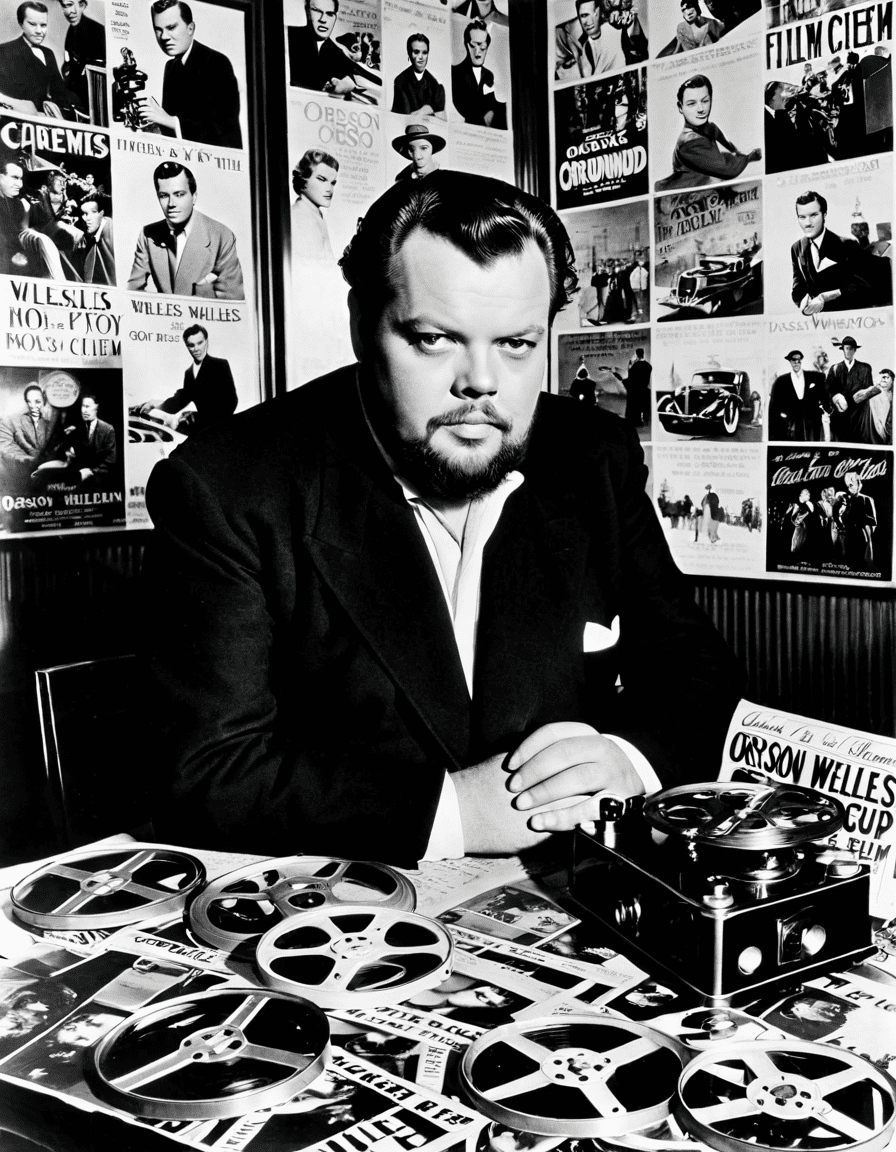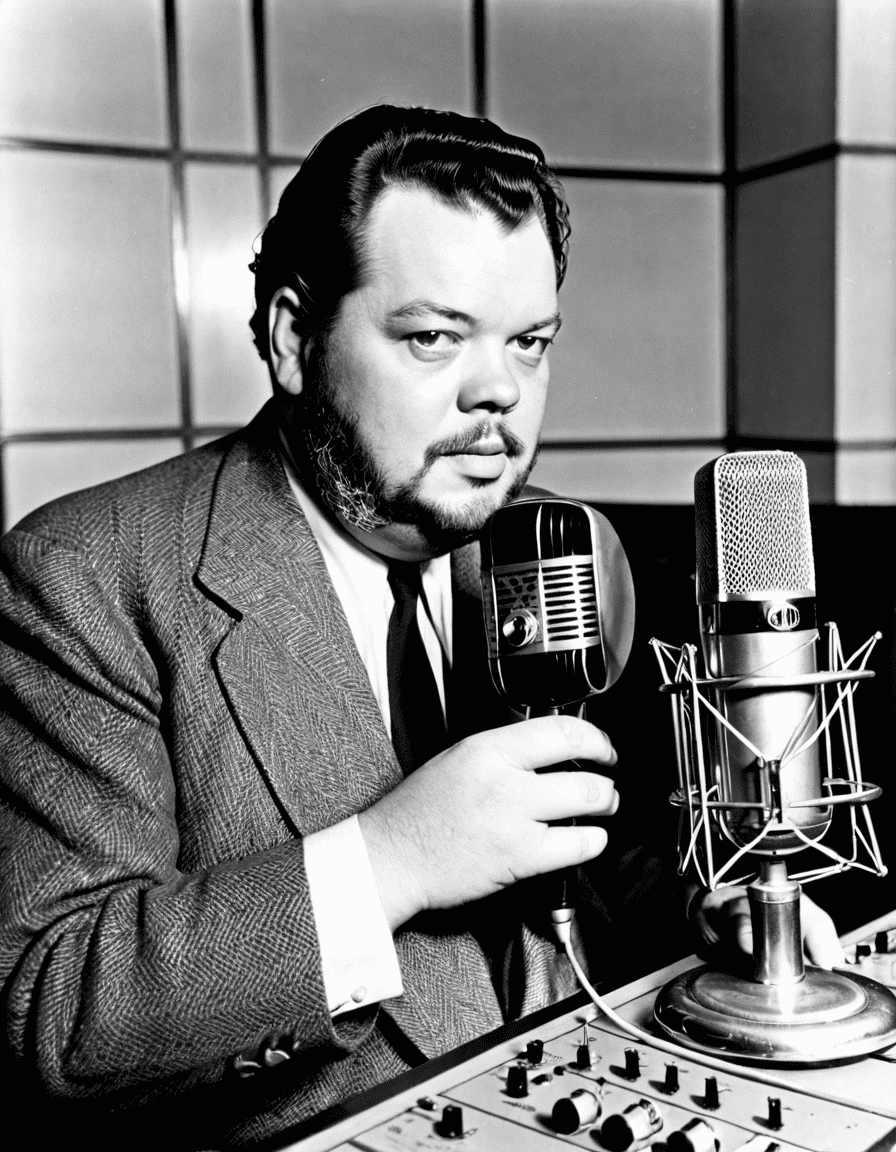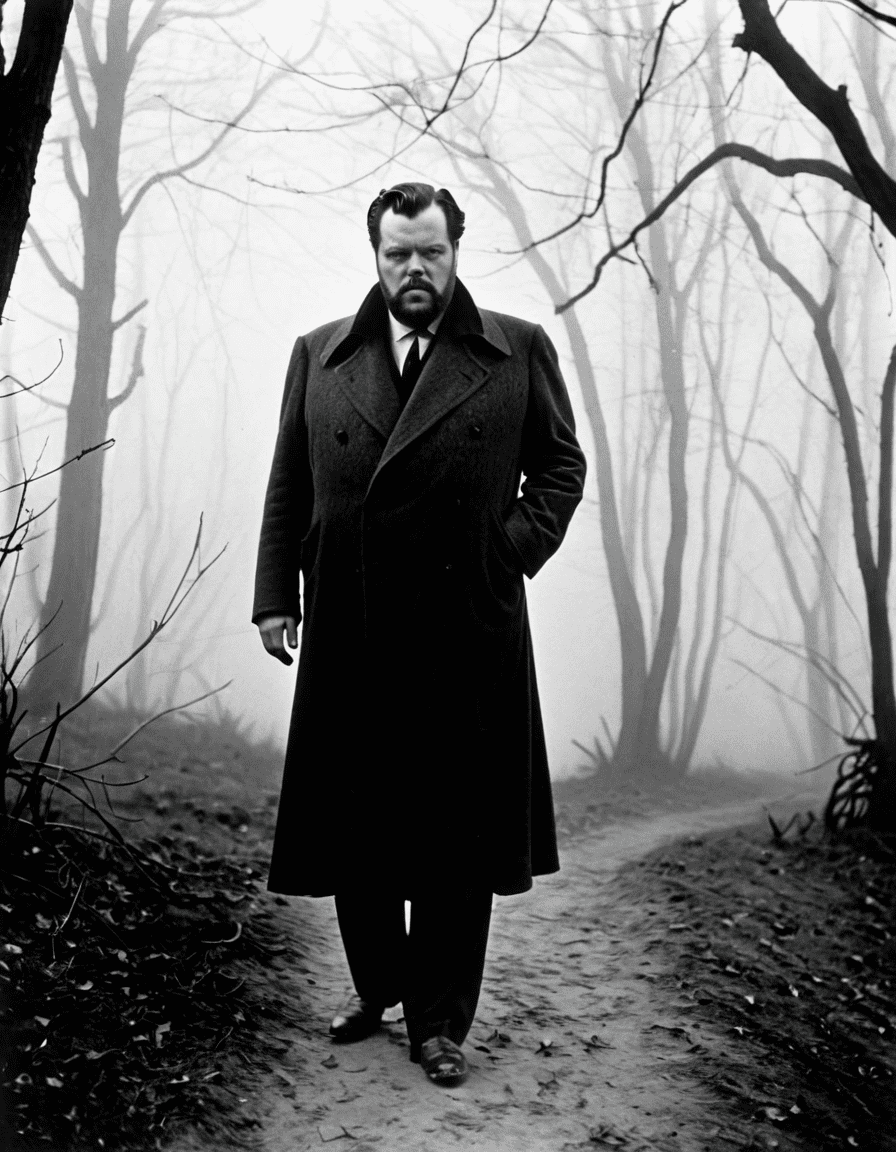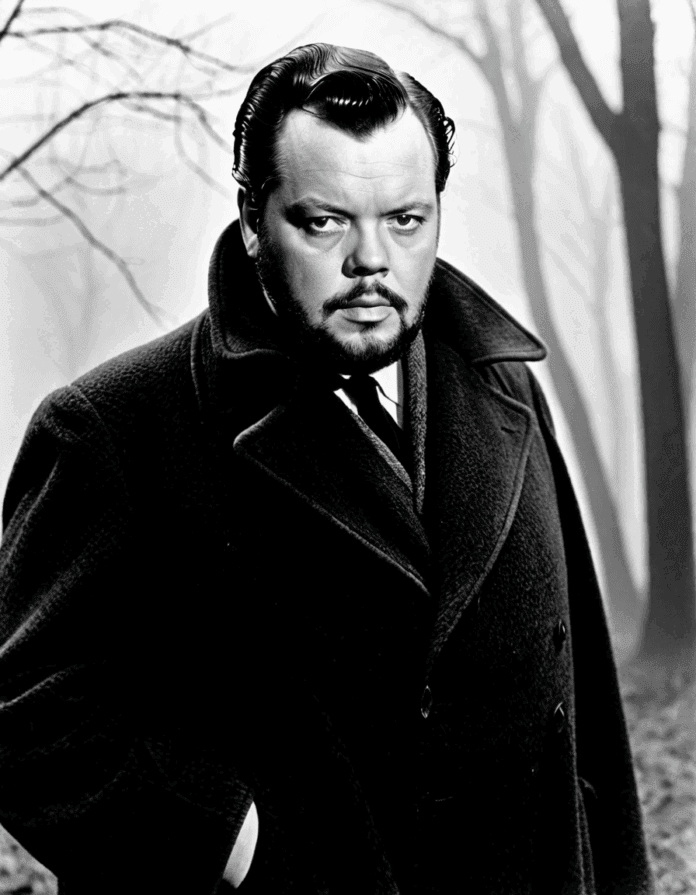Orson Welles stands as a towering figure in both cinema and radio, leaving a mark that continues to resonate throughout the decades. His groundbreaking work across various mediums didn’t just transform entertainment; it reshaped how artists engage with storytelling itself. To understand his impact, it’s essential to explore the elements that earned him his iconic status and the legacy he built, influencing generations of creators.

7 Groundbreaking Contributions of Orson Welles to Cinema and Radio
1. Citizen Kane: Redefining Narrative Structure
Orson Welles’s magnum opus, Citizen Kane, is often celebrated as the greatest film ever made. In this revolutionary work, Welles co-wrote and directed a story that diverged from traditional plots. By employing a non-linear narrative structure that shifted through time and perspective, he challenged viewers to engage actively with the film. This technique paved the way for innovative storytelling in cinematic history, inspiring filmmakers like Christopher Nolan and Wes Anderson to experiment with similar non-conventional techniques in their works.
The narrative complexity raised questions about truth and memory, making it a profound exploration of the human experience. Its far-reaching influence can still be seen in contemporary films, revitalizing how storytellers present and unfold narratives, urging audiences to think critically.
2. Innovative Use of Sound in War of the Worlds
In 1938, Welles directed an infamous radio broadcast of H.G. Wells’s War of the Worlds, which utilized innovative sound techniques that startled America. By blending dramatic narrative with immersive soundscapes, he created a chilling atmosphere that led to widespread panic among unsuspecting listeners. This monumental event not only showed the power of radio as a medium but also highlighted Welles’s understanding of how sound could enhance storytelling.
The broadcast remains a case study in communication courses, demonstrating the impact of auditory elements on an audience’s perception and reaction. This mastery of sound has influenced numerous creators, marking Welles as not merely a filmmaker but also a pioneering sound designer.
3. Theatrical Style Influencing Modern Performers
Welles’s theatrical training with groups like the Mercury Theatre raised the bar for performance standards in film. His commitment to authenticity and emotional depth set a new expectation for actors. Renowned performers, like Anthony Hopkins, have cited Welles as a significant influence on their craft, praising the layered portrayals that he brought to the screen.
Welles established that acting was not just about delivering lines; it was about creating a character’s essence. This artistic principle has rippled across genres, prompting contemporary actors to invest deeply in their characterizations, enriching performances well beyond traditional storytelling.
4. Complex Characters and Moral Ambiguity
With films like Touch of Evil, Welles popularized the notion of morally complex characters. His portrayal of flawed protagonists and villains blurred the lines between good and evil, a trait that resonates profoundly today. Actors such as Edward Norton frequently embody intricate characters in films like American History X and Fight Club, showcasing how Welles’s influence extends to modern narratives.
This deliberate complexity allows viewers to engage with characters on a deeper emotional level. Welles’s characters serve as a groundwork for the moral quandaries faced in contemporary cinema, inviting a growing audience to explore ambiguity rather than seeking simple conclusions.
5. Pioneering A/B Plot Construction
Welles’s approach to storytelling often emphasized A/B plot construction, engaging audiences in multiple narrative arcs that enhance story depth. This duality is evident today in popular shows like Breaking Bad, where characters like Walter White navigate their moral dilemmas alongside parallel storylines.
Welles’s layered narratives encourage viewers to draw connections between distinct storylines, enriching their viewing experience. His influence on plot construction can be seen across innumerable series and films that follow this effective and engaging model.
6. Cultural Commentary Through Satire
Through his theatrical works and films, Welles often embraced satire to critique societal norms. The bold blend of humor and seriousness established a framework that contemporary creators, like Robert Morris, incorporate into their narratives. This method underscores the relevance of entertainment as a tool for social critique, as modern artists continue to push boundaries and provoke thought.
Welles’s ability to craft messages within engagement keeps his influences alive and relevant. The conversations he sparked through his work continue, inspiring a generation willing to tackle serious issues through creative mediums.
7. Visual Innovation and Cinematic Techniques
Welles’s mastery of deep focus and innovative cinematographic techniques dramatically changed visual storytelling. The meticulous composition of shots in films like Citizen Kane showcased his understanding of how visuals could articulate complex themes and emotions.
Cinematographers today, including Emmanuel Lubezki—renowned for his innovative work in films like Birdman—often cite Welles’s approaches as foundational to modern cinematic craftsmanship. His visual techniques push filmmakers to explore new realms of storytelling while enhancing the viewer’s emotional experience.

The Legacy of Orson Welles: Impact Through the Generations
Orson Welles’s multifaceted talent has not only revolutionized radio and cinema in his time but also inspired countless creators. His artistic principles set high standards for storytelling, influencing stars like Kyrie Irving, who draws upon Welles’s narrative techniques to craft mesmerizing performances both on and off the basketball court.
His ability to merge artistry and commentary defines modern storytelling across all platforms. By observing the trails Welles blazed, we gain crucial insights into the evolution of visual media and the cultural narratives that have since emerged.
Welles’s creative spirit remains a beacon for those aiming to make a lasting impact. The masterful blend of innovation, storytelling, and social critique he championed offers vital lessons for anyone looking to leave their mark in the arts. The influence of Orson Welles continues to inspire dialogues about creativity and art’s role in shaping society, reminding us that the mediums of cinema and radio are ever-relevant in the modern landscape.
Orson Welles: Mastermind of Iconic Cinema and Radio
The Early Magic of Orson Welles
Orson Welles burst onto the scene with his remarkable talent and charisma, forever changing the entertainment landscape. His renowned radio broadcast of “The War of the Worlds” in 1938 shocked listeners, blurring the lines between fiction and reality. This audacious move sparked a national panic that paved the way for future immersive storytelling. Fun fact: Welles was only 23 years old when he pulled off this audacious feat, making him one of the youngest directors to achieve such monumental success. Interestingly, his early work set a precedent for daring talents, like Garret dillahunt, who would later expand cinematic storytelling in unique ways.
A Multifaceted Talent
Welles didn’t stop at radio; his film career was just as groundbreaking. His masterpiece, “Citizen Kane,” still tops many lists as one of the greatest films ever made. But did you know that Welles was inspired by earlier cinematic storytellers? He often credited figures like Andy Devine for showing him the ropes during his formative years in the industry. Moreover, his interests weren’t limited to film and radio; Welles had a fascination with various art forms. His theatrical flair certainly drew from the imaginative spirit of individuals like Ethan Allen, who was known for his innovative feats in his own respective field.
Legacy and Influence
Orson Welles’ influence extends beyond the screen and the airwaves. His unique narrative techniques and groundbreaking visuals laid groundwork for future filmmakers. This is strikingly similar to how modern artists, including names like Spencer Dinwiddie in sports, strive to push boundaries in their crafts. Plus, Welles’ penchant for drama and storytelling shapes the current entertainment scene, where real-life characters often garner as much intrigue as cinematic creations—think of public figures like John Mcafee. In today’s media, just like when Welles revolutionized the industries, the quest for captivating content is relentless, capturing audience’s attention and evoking genuine emotion, akin to the nostalgic vibes of a covert “X-Men cast” character unveiling secrets.
As we dig deeper into the life of Orson Welles, it becomes clear that his legacy is the basis for many modern storytellers who continue to mold culture today. Whether you’re pulling up information about everyday items, such as Costco eggs price, or seeking a little fun in the form of a bikini wax near me, Welles taught us that creativity and audacity can thrive regardless of the medium. His contributions remain timeless, a reminder of the power of art and performance.




